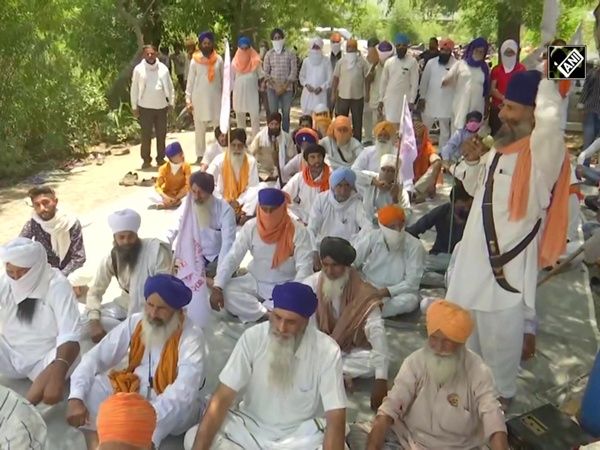Amritsar, the second largest city of Punjab and a holy place of Sikhism, is getting only 5-6 hours of electricity per day. The farmers in the Amritsar district said that due to a shortage of electricity, the farming of paddy is slow this year and most of the field is dry. Groundwater is the primary source for irrigation in the state of Punjab because rain is low as compared to Eastern Indian states, and the lack of electricity means the farmers are not able to irrigate the fields to sow paddy.
But of course for those unions protesting farm laws at Singhu border, these are not issues worth taking up with respective state govts. https://t.co/DuWke1hPiU
— Smita Prakash (@smitaprakash) June 14, 2021
However, the farm unions are busy protesting against the Modi government on the Delhi-Haryana border instead of asking the state government for an uninterrupted power supply.
The state government of Punjab provides highly subsidized electricity to the farmers, and this forces the power distribution companies in huge losses. When the power distribution companies (discoms) are not able to pay to power generators, the supply is disrupted, and a 24*7 power supply becomes a dream.
Electricity distribution in the country is highly politicized with politicians like Arvind Kejriwal offering free power to urban consumers of Delhi and politicians from agricultural states like Punjab and Haryana offering free power to the agricultural sector in their manifestos.
Agriculture, which consumes 18 per cent of total power demand, is the most loss-making sector for discoms. The farmers are making inefficient use of electricity to run tube wells which they keep running 24*7 unnecessarily because they need to pay very little for electricity. State governments practically subsidize all electricity bills of farmers, thus encouraging them for inefficient use of power.
Domestic households use 24 per cent of total electricity consumption and they are also heavily subsidized. In fact, the majority of the households in rural areas do not have electricity meters and they just need to pay a fixed amount irrespective of units consumed. Many households do not pay even this cost as they get electricity by direct connection, which is popularly known as ‘Katia’ in villages.
With the Coronavirus induced lockdown, the losses of distribution companies have shot up sharply. The demand in profit-making venues, which is industrial and commercial consumption, has decreased; while demand in loss-making venues like agricultural has gone up. And this has resulted in an increase in the loss by 30 to 40 per cent in the last few months.
The increase in loss of discoms, the majority of which are public sector units owned by respective state governments, has led to a shortage in power supply. The states like Delhi, whose revenue from other industrial activities is very high, can afford to subsidize the electricity and payback on behalf of discoms. But a state like Punjab, whose revenue is low and is running huge debt, cannot afford to pay back to distribution companies because they have very little money in coffers.
This is the reason behind the fact that the farmers of Amritsar are receiving only 5-6 hours of electricity. But the farmers’ unions are busy protesting against the Union government instead of asking the Amarinder Singh led Congress government to reform the political economy of the state to ensure that it does not go bankrupt in the next few years.
